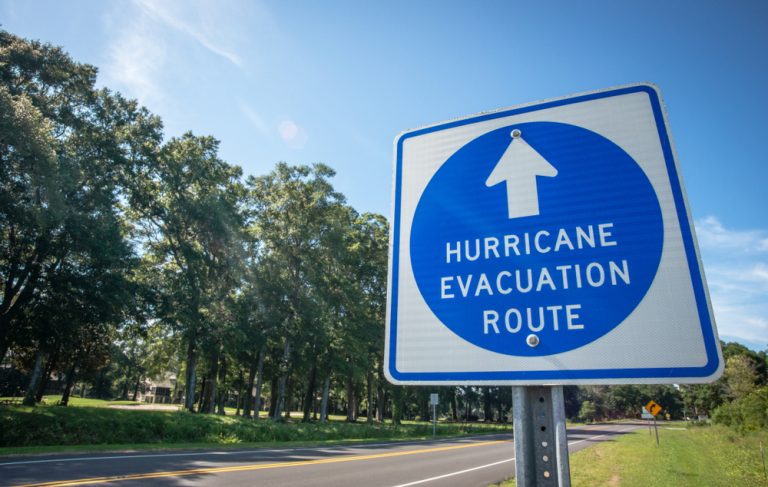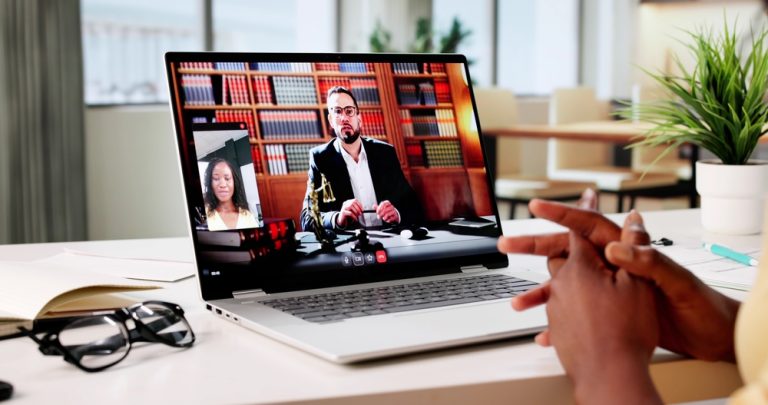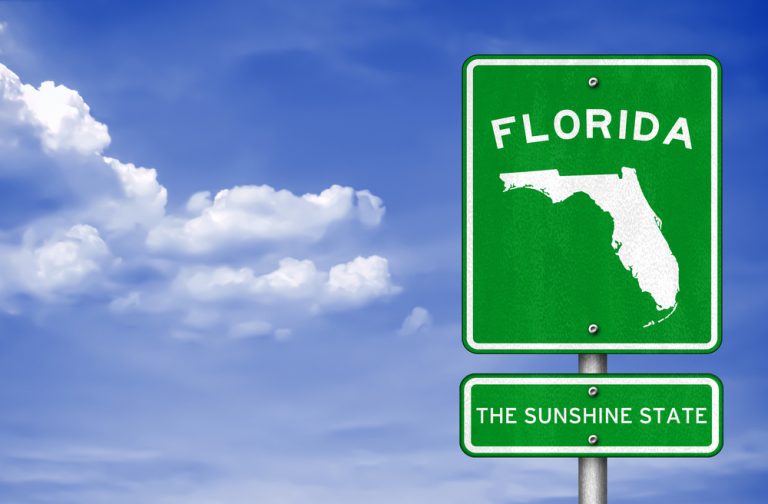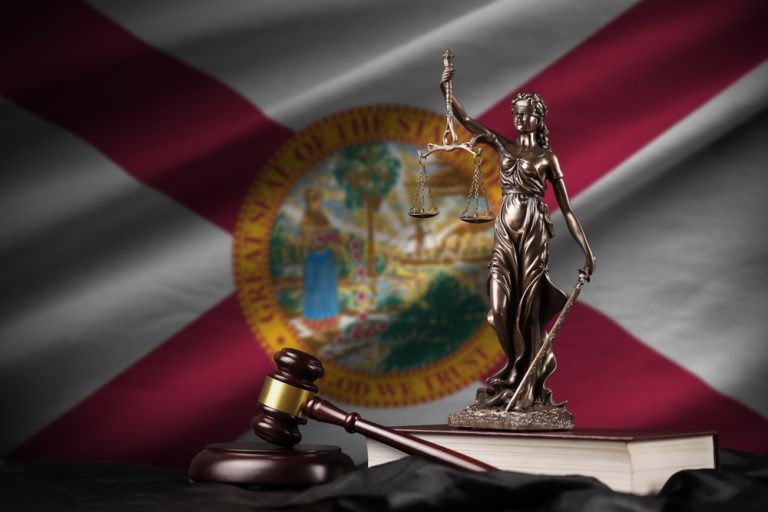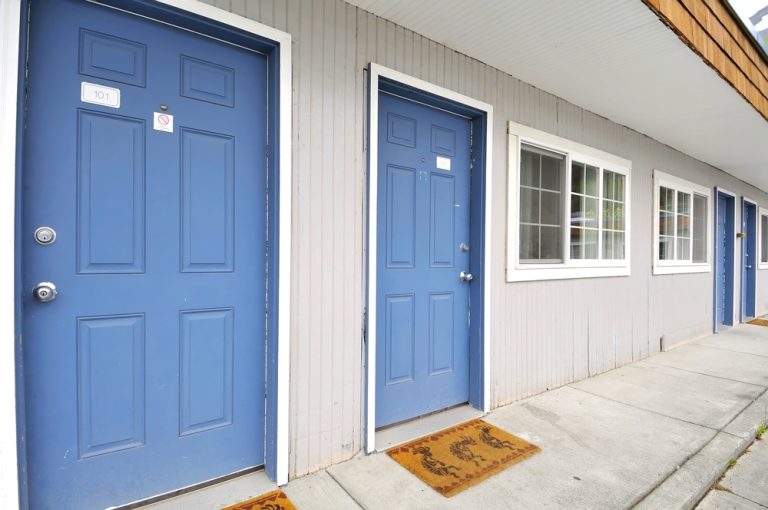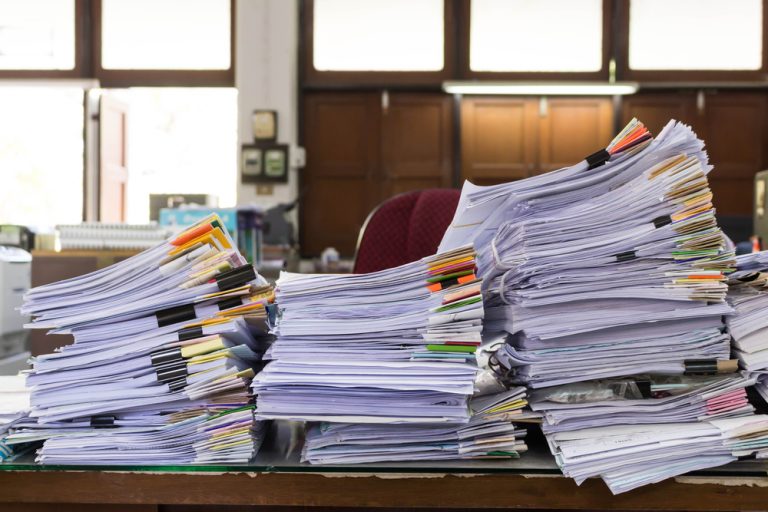Find Your Footing: Don’t Stumble When it Comes to Slip-and-Fall Claims
Find Your Footing: Don’t Stumble When it Comes to Slip-and-Fall Claims
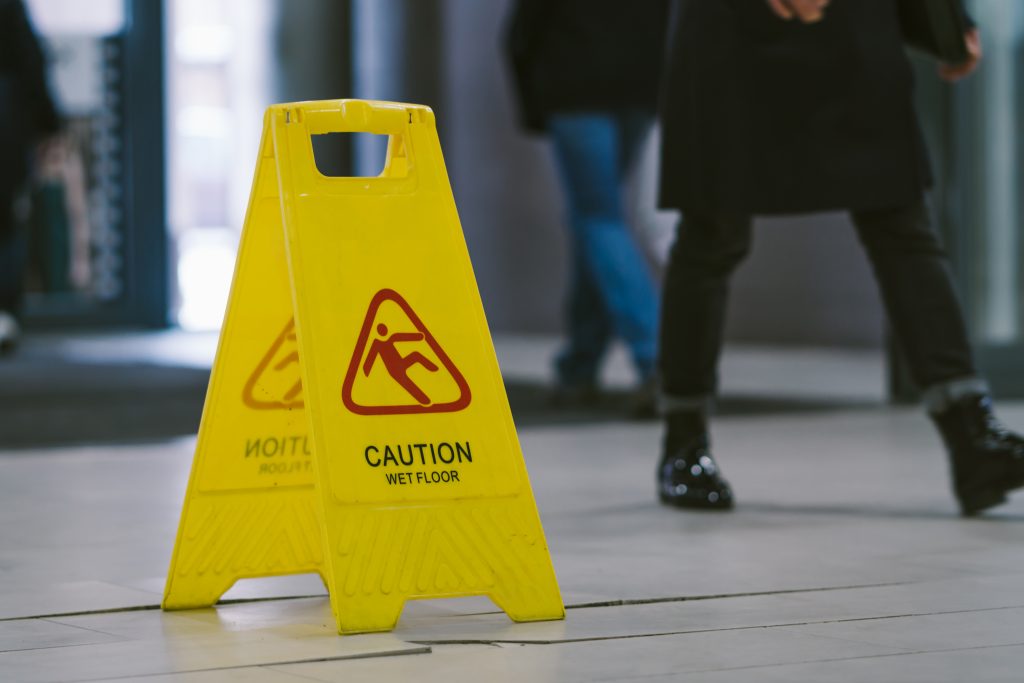
Some regard slip-and-fall claims as nuisance litigation and often make billboard plaintiffs’ lawyers the butt of jokes. But, occasionally, these claims represent catastrophic injuries with verdicts to match, and even garden variety slip-and-fall claims expose companies to expense and aggravation.
Slip-and-fall accidents are by far the most prevalent accidents for both guests and employees in the hospitality industry. It is surprising how many restaurants, hotels, resorts, and other businesses have high foot traffic but have not exercised vigilance in protecting themselves from this common claim.
When it comes to slip-and-fall claims, prevention is the first step. Make sure your flooring meets industry standards when dry or wet. This starts with looking at the coefficient of friction, a mathematical expression of the ratio between the force necessary to move an object horizontally over another surface and the pressure between the two surfaces. Results can range from near zero (think of ice skates on ice) to greater than one (rubber on rubber).
It can be more complex to assess the real-world slip potential of a floor. Most experts will testify that flooring testing at .5 or better is reasonably safe. Do not depend on your own judgment or that of a floor-material salesperson, or even a product specification sheet. Get an expert opinion when selecting new flooring. Additional consideration is needed if a finish is added to the flooring material after installation. Is it worth having a glossy finish for aesthetic reasons if it reduces the coefficient of friction and increases the potential for accidents?
Another recent trend involves claims that involve a transition between surface materials (e.g., from carpet to tile). Plaintiffs’ attorneys may argue that going from the sure-footed grip of an office carpet to the smooth lobby marble creates a hazard. Aesthetic considerations come into play here, but consider whether the change is too abrupt for the particular use of the area. There may be engineering fixes for such transitions, or perhaps a contrasting color or intermediate surface that prepares people for the change. In some cases, signage may be appropriate.
Prevention protocols should also include how to maintain and monitor a floor that is expected to get wet, such as a lobby when it rains outside. Wet floor signs have become ubiquitous, but many businesses go a step further and have mats available to roll out and absorb water tracked in by guests. Of course, these mats will need to be in good condition to prevent trip hazards or slippage of the mats themselves.
Many slips in restaurants and hotels result from spills, so the first step in prevention is to pay attention and promptly clean them up. Having a timely inspection regimen and documentation that proves it was followed will bolster a defense.
This gets to the legal principle of “knew or should have known,” which closely correlates with the legal determination of what is reasonable. If someone slips on beer that was spilled an hour ago, then that scenario would likely fall into the “should have known” category. However, most courts and jurors would not expect you to detect a spilled beer within seconds or even a few minutes. The reasonableness standard is also affected by the venue. The dining room in a senior center will have a different standard of reasonableness compared to that of a restroom adjacent to a pool or splash park.
After the Fall
The welfare of customers or employees should be your first concern. Once an appropriate party has attended to their needs and, if necessary, called for aid, your staff must do its best to document everything. Take photos from every angle, both close up and broad views for context. Document anything the person said after the incident. (“I wasn’t paying attention,” will not be something a claimant remembers saying by the time you start taking depositions.) Because people scatter quickly, an important, often overlooked step is taking statements from witnesses. The guest who was skipping across the lobby with a beer in each hand or who created the spill that caused her own fall will not remember it that way, making witness statements vital. Document their statements and remember to get contact information for the witnesses.
Documentation should always include the type of shoes the person wore and details about what they were doing at the time. If a claimant was wearing high heels or $1 flip flops from a discount store, talking on a cell phone, and carrying six packages, then it is important information. Most falls are affected by both human behavior and floor conditions, and many states allow for comparative-negligence verdicts in which damages are apportioned accordingly. For example, a careless plaintiff may have been 50 percent at fault for an accident, which means a jury award is reduced by 50 percent. Another guest who carelessly dropped a drink on the floor, even if the person cannot be identified, may be assigned part of the fault, again reducing the amount of potential damages.
Preserve any video evidence. Most public venues have cameras, but many record on a loop that erases everything on a 24-hour or 48-hour cycle. In some states, the evidence you gather during an investigation, such as witness statements and photographs, may be privileged as work product, but that is not the case everywhere. An attorney or insurance carrier can advise on how a state’s law will affect a specific response to accidents. Surveillance video capturing the accident is not likely privileged, but it is better to preserve the video than risk an allegation of spoliation of evidence, which could result in sanctions including an instruction to the jury that they can assume the evidence was not favorable to the party that lost or destroyed it.
If the accident results in a claim, bring in an expert right away to assess the floor surface. Given that litigation may take years to develop, it is imperative that you analyze and document the condition of the surface. Also, be aware that replacing flooring, even for reasons unrelated to the accident, can be detrimental to the claim without proper analysis. Never make any changes to the floor after a claim is made without the advice of your attorney. If a claimant is not offered an opportunity to inspect the floor, that may also give rise to a claim of spoliation of evidence.
Finally, designate someone on staff as the internal slip-and-fall expert. This person should constantly be on the lookout for hazards, keep up with new technology in floor surfaces, execute inspections, and train others in both prevention and response to hazards. With vigilance, you can reduce your exposure to slip-and-fall claims and ensure the safety of guests and employees.
This article was published by CLM Magazine in January 2020 and is republished with permission.

